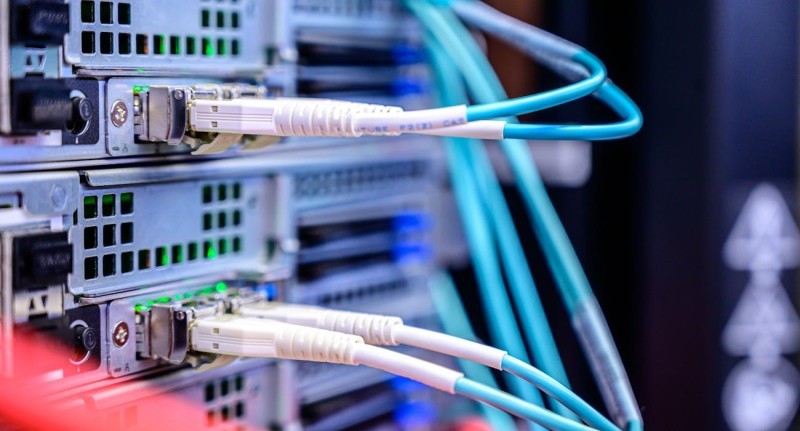In the ever-expanding digital landscape, businesses rely on robust computing power to store data, run applications, and fuel their online presence. When it comes to choosing the right infrastructure, two main options emerge: cloud computing and dedicated servers. Within the dedicated server realm, a term you might encounter is "bare metal server." But what exactly is a bare metal server, and how does it differ from other server solutions? This guide dives deep into the world of bare metal servers, explaining the basics, highlighting their advantages and disadvantages, and helping you decide if they're the right fit for your needs.
Under the Hood: What is a Bare Metal Server?
Imagine a server – essentially a powerful computer – housed in a secure data center. Unlike a personal computer, this server is specifically designed for heavy-duty tasks and uninterrupted operation. Now, strip away any pre-installed operating system (OS) or virtualization software. What you're left with is a bare metal server, essentially a blank canvas of hardware ready to be customized according to your specific needs.
Think of it like renting an unfurnished apartment. You get complete control over the hardware setup, the operating system you install, and the software you run. This level of customization and direct access to the hardware is what sets bare metal servers apart from other server solutions.
Virtualization vs. Bare Metal: Understanding the Differences
Most businesses today utilize virtual servers. Virtualization software allows a single physical server to be partitioned into multiple virtual machines (VMs). Each VM acts like a separate server, running its own OS and applications. This approach offers flexibility and cost-efficiency, as multiple VMs can share the resources of one physical server.
However, virtualization introduces a layer of abstraction between the software and the hardware. This can sometimes lead to performance bottlenecks, especially for resource-intensive applications. Additionally, you have less control over the underlying hardware with a virtual server compared to a bare metal server.
Here's a table summarizing the key differences between bare metal servers and virtual servers:
|
Feature |
Bare Metal Server |
Virtual Server |
|
Hardware Control |
Full control |
Limited control (shared resources) |
|
Performance |
Highest performance |
Performance can be impacted by virtualization overhead |
|
Security |
More control over security settings |
Security depends on the underlying physical server and virtualization software |
|
Scalability |
Can be scaled by adding more servers |
Can be scaled by adding more resources to the physical server or migrating VMs to additional servers |
|
Cost |
Generally more expensive |
Generally less expensive |
Advantages of Bare Metal Servers: Why Go Bare?
Bare metal servers offer several advantages, making them the ideal choice for specific applications:
- Unmatched Performance: With direct access to the hardware, bare metal servers deliver the highest level of performance. This is crucial for applications requiring real-time processing, high-frequency trading, or scientific simulations.
- Complete Control: You have complete control over the hardware configuration, operating system, and software environment. This allows for fine-tuning the server to meet your specific needs and optimizing performance for your applications.
- Security: Since there's no virtualization layer, you have greater control over security measures. This is essential for businesses dealing with sensitive data or requiring strict regulatory compliance.
- Predictable Performance: Bare metal servers offer Indian dedicated servers consistent and predictable performance, unlike virtual servers where resource allocation can fluctuate. This is critical for applications requiring a stable and reliable computing environment.
When Might Bare Metal Not Be the Best Option?
While powerful, bare metal servers aren't a one-size-fits-all solution. Here are some scenarios where they might not be the best fit:
- Cost: Bare metal servers generally come with a higher upfront cost compared to virtual servers. Additionally, managing them requires more technical expertise, potentially increasing operational expenses.
- Scalability: Scaling bare metal servers can be more complex. Adding new resources often involves purchasing additional physical servers, unlike virtual servers where resources can be easily adjusted on the fly.
- Management Complexity: Managing bare metal servers requires a deeper understanding of hardware and software configuration. This can be a burden for smaller businesses lacking dedicated IT staff.
Is a Bare Metal Server Right for You?
Before diving into the world of bare metal servers, consider your specific needs. Here are some questions to ask yourself:
- Do your applications require the highest level of performance and consistent resource allocation?
- Do you have strict security requirements and need complete control over the hardware and software environment?
- Do you have the technical expertise or budget to manage and maintain bare metal servers?
- Do you need a highly scalable solution that can easily adapt to changing needs?
If you prioritize raw power, complete control, and predictable performance,

